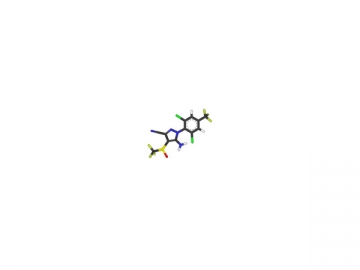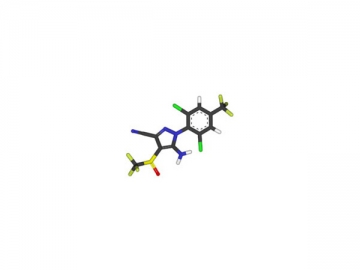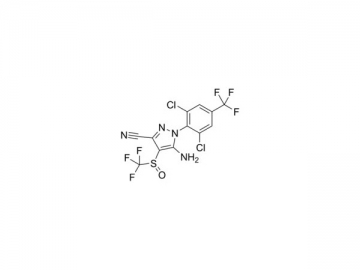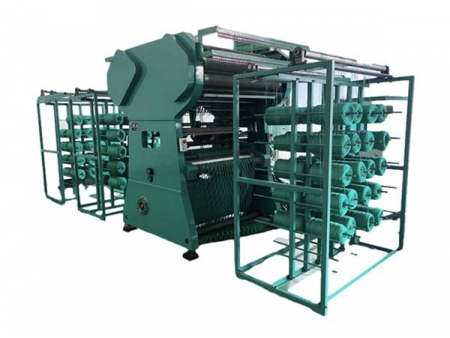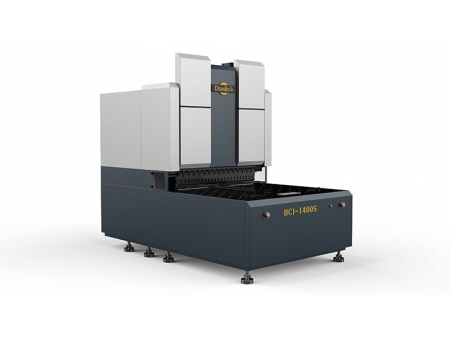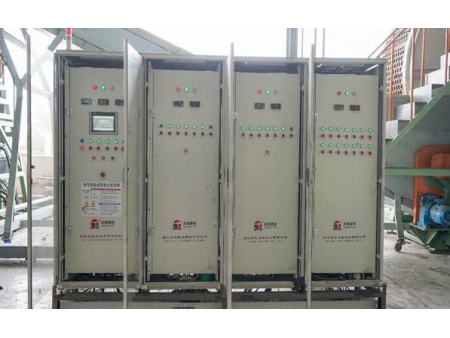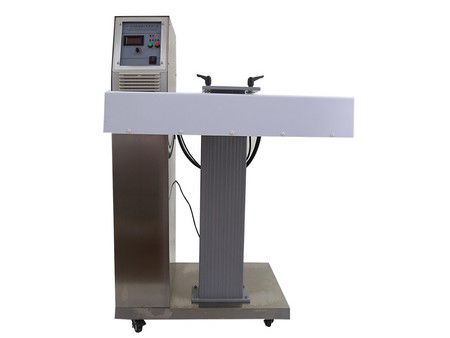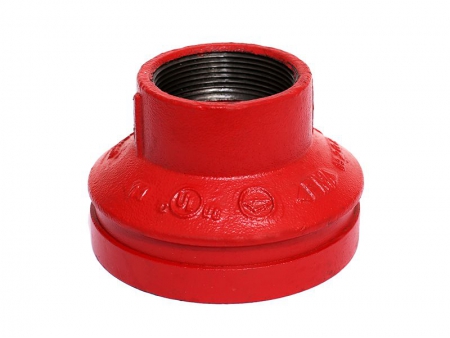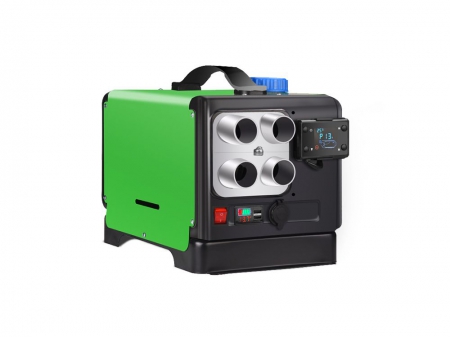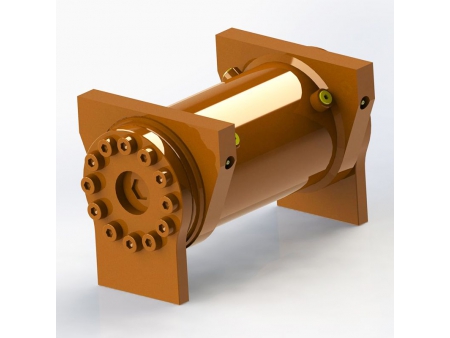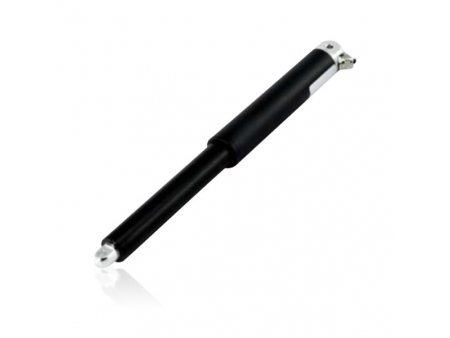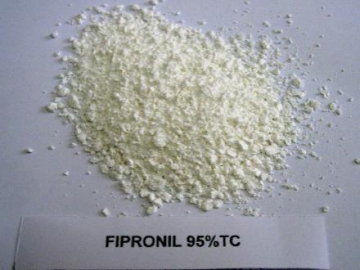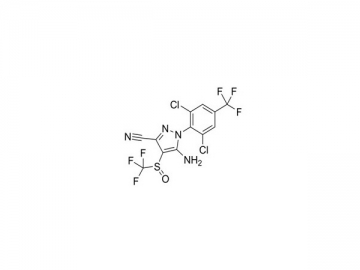Fipronil
Fipronil is a broad spectrum insecticide. It disrupts insect central nervous system by blocking the passage of chloride ions through GABA receptor and glutamate-gated chloride (GluCl) channels, which leads to hyperexcitation of both nerves and muscles of contaminated insects.
Specificity of fipronil on insects could be because of a better efficacy on GABA receptor, or just because GluCl channels do not exist in mammals.
Uses
1. As a thrip killer, this product is utilized to control multiple species of thrips on a broad range of crops by foliar, soil or seed treatment.
2. The agricultural insect chemical is also able to control corn rootworm, wireworms and termites by soil treatment in maize.
3. Additionally, fipronil is effective against boll weevil and plant bugs on cotton, diamond-back moth on crucifers, and Colorado potato beetle on potatoes by foliar application.
4. It can also guard against stem borers, leaf miners, planthoppers, leaf folder/rollers and weevils in rice.
5. Foliar application rates range from 10 to 80g/ha, and soil treatment rates vary from 100 to 200g/ha.
Properties| CAS No. | 120068-37-3 |
| Molecular Formula | C12H4Cl2F6N4OS |
| Molar Mass | 437.15g/mol |
| Appearance | White solid |
| Density | 1.477-1.626g/cm3 |
| Melting Point | 200.5℃ |
| Boiling Point | 510.1℃ at 760mmHg |
| Solubility in Water | 1.9 (pH=5), 2.4 (pH=9), 1.9 (distilled) (all in mg/l, 20℃) |
| Solubility in Other Solvents | In acetone 545.9, dichloromethane 22.3, hexane 0.028, toluene 3.0 (all in g/l, 20℃) |
| Stability | 1. Stable in water at pH 5 and 7 2. Slowly hydrolysed at pH 9 (DT50 c. 28 d) 3. Stable to heat 4. Slowly degrades in sunlight (c. 3% loss after 12 d continuous irradiation) 5. Rapidly photolysed in aqueous solution (DT50 c. 0.33 d) |

